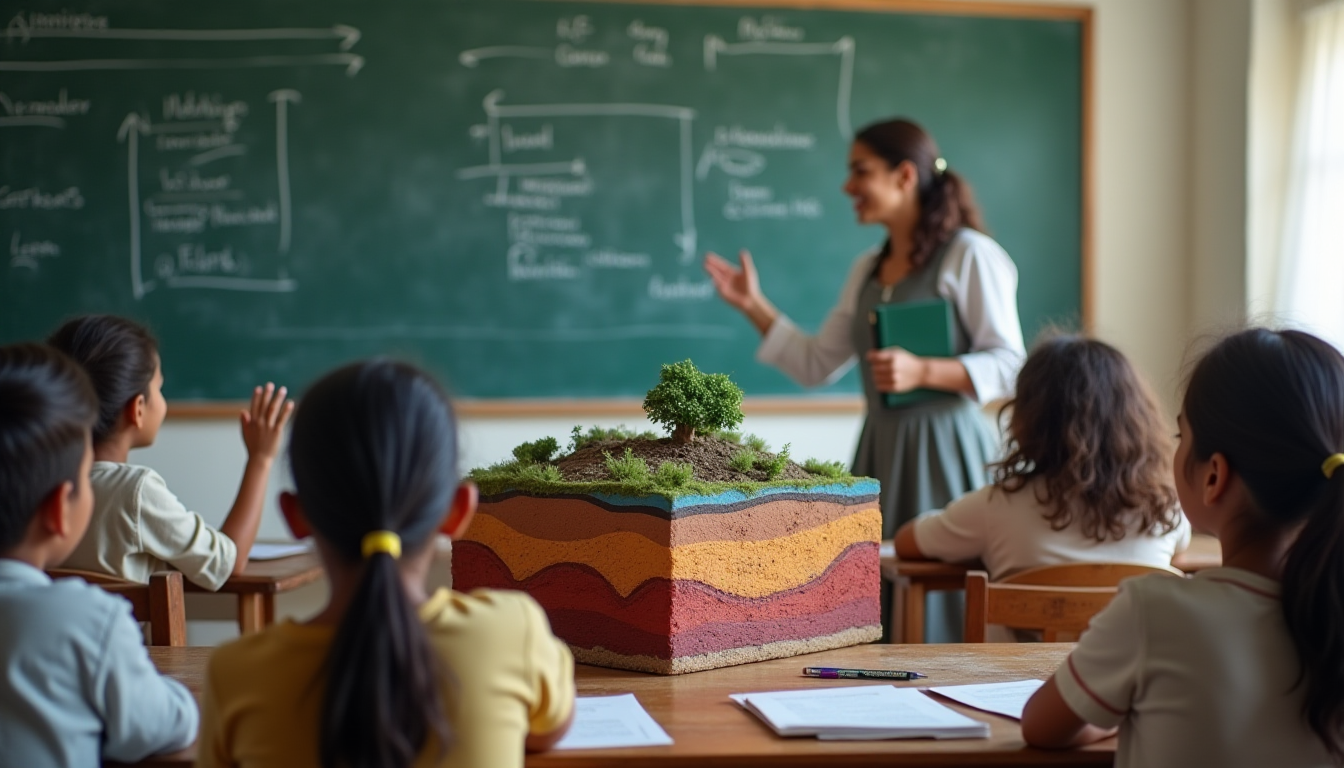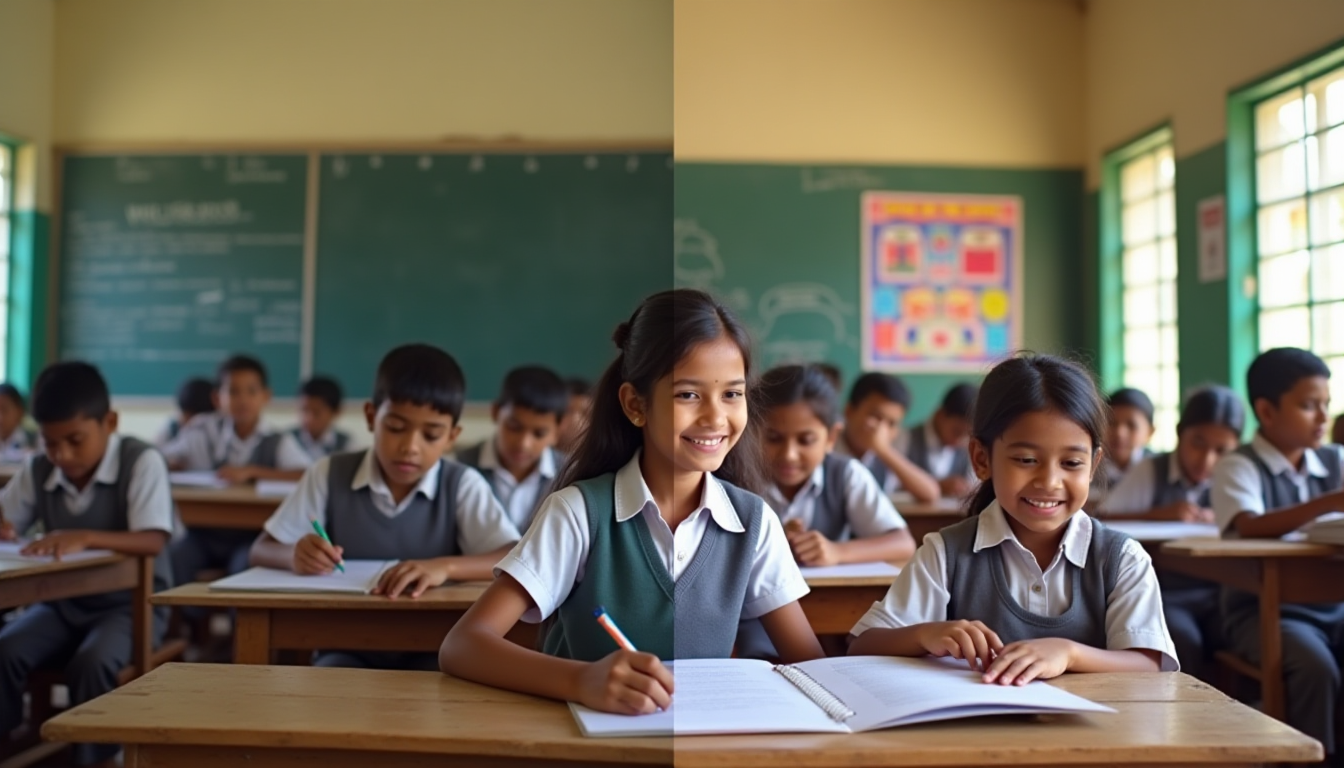Why Rushing Through the Syllabus Hurts Real Learning

Walk into any Indian classroom and you’ll notice a common pattern: chapters meant to be taught over two weeks are often “completed” in just 3-4 periods. Teachers move quickly, students scribble furiously, and before anyone has had the chance to fully grasp the concept, the class has already moved on.
At first glance, this seems efficient—after all, the syllabus is long and the academic calendar short. But beneath this speed lies a silent problem: children are missing out on real learning.
The Problem: A Race Against the Calendar
Schools face enormous pressure to “finish the syllabus” before exams. This pressure trickles down to teachers, who often feel compelled to rush. A chapter that ideally needs 12-14 classroom periods is compressed into a handful. What gets sacrificed in the process?
- Time for students to ask questions.
- Opportunities for practice and application.
- Space for discussions that make learning meaningful.
This creates an illusion of progress. The textbook may be covered, but the concepts remain uncovered in the minds of students.
The Consequence: Rote Over Understanding
When learning is reduced to speed, students fall back on the one method they know will help them pass exams—ratta maar (rote memorization). They cram definitions, formulas, and steps without understanding their meaning.
This has three consequences:
- Fragile knowledge – Students forget what they crammed as soon as exams are over.
- Growing anxiety – Rushed teaching leaves students feeling confused and stressed.
- Unfair outcomes – Only the fastest learners keep up, while others quietly fall behind.
Imagine a child being introduced to fractions in Class 5. If the chapter is sped through in four periods, the child might learn to solve a few problems mechanically. But without time to connect fractions to real-life examples (like dividing a pizza), the understanding remains shallow. This weak foundation continues to haunt them in higher classes.
The Solution: Quality Time, Not More Time
Slowing down doesn’t mean stretching a lecture or “wasting” periods. It means giving quality time to every chapter so that students actually internalize the concepts. What does this look like in practice?
- Hands-on activities and experiments – When children see, touch, and try things, abstract concepts become real.
- Student questions and classroom discussions – Questions reveal confusion, and discussions cement understanding.
- Guided practice with feedback – Instead of rushing to the next exercise, teachers pause to check if every child is following.
In essence, it’s not about “completing” a chapter, but about living with it until students can carry its lessons forward with confidence.
The Research: Why More Time Matters
This idea isn’t just intuitive—it’s backed by decades of educational research. Barak Rosenshine, a professor of educational psychology, outlined the “Principles of Instruction” based on how effective teachers actually teach. Some of his key principles include:
- Reviewing previous learning daily.
- Presenting new material in small steps.
- Checking for student understanding frequently.
- Providing guided practice before moving to independent work.
Each of these steps takes time. They are impossible to implement in a rushed classroom. If we want students to truly learn, we must create space for these practices to happen.
A Shared Responsibility
It’s important to recognize that teachers are not at fault. They are under enormous pressure to balance vast syllabi, exam deadlines, and administrative tasks. But as parents, school leaders, and policymakers, we must reimagine what success looks like.
Instead of asking, “Has the syllabus been completed?” we should ask, “Have the students understood?”
Moving Forward: Depth Over Speed
For Bhartiya education to truly serve its children, we must slow down. Learning is not a race; it is a journey of discovery. Giving quality time to each chapter allows students to build strong foundations, reduces dependence on rote memorization, and makes learning joyful.
Because at the end of the day, completing the syllabus may win the race—but it loses the child.





